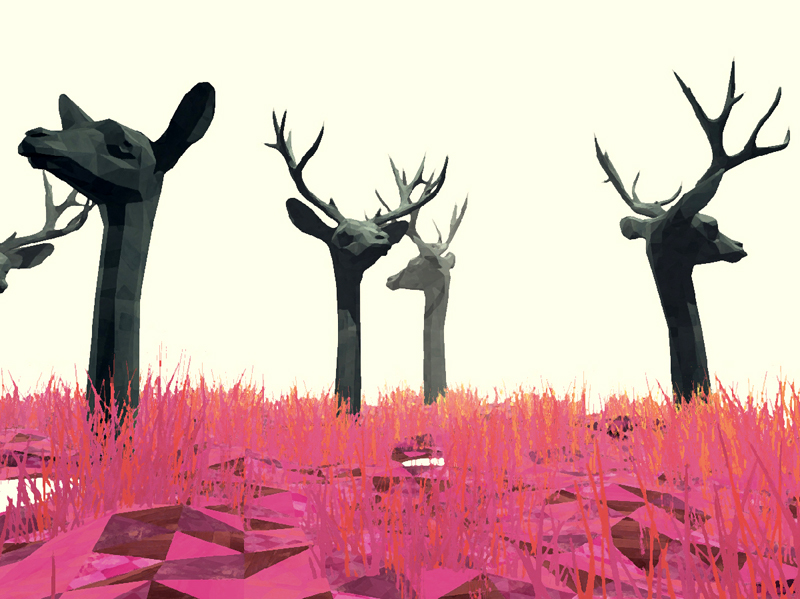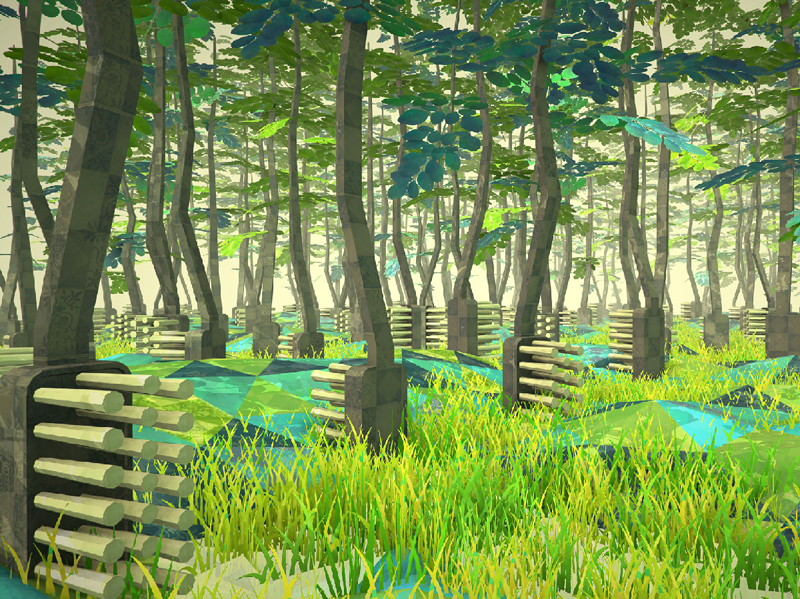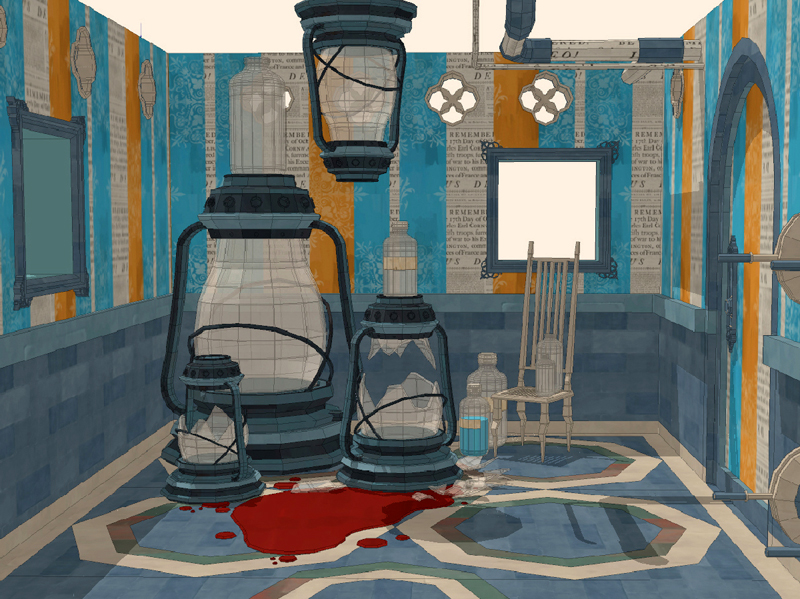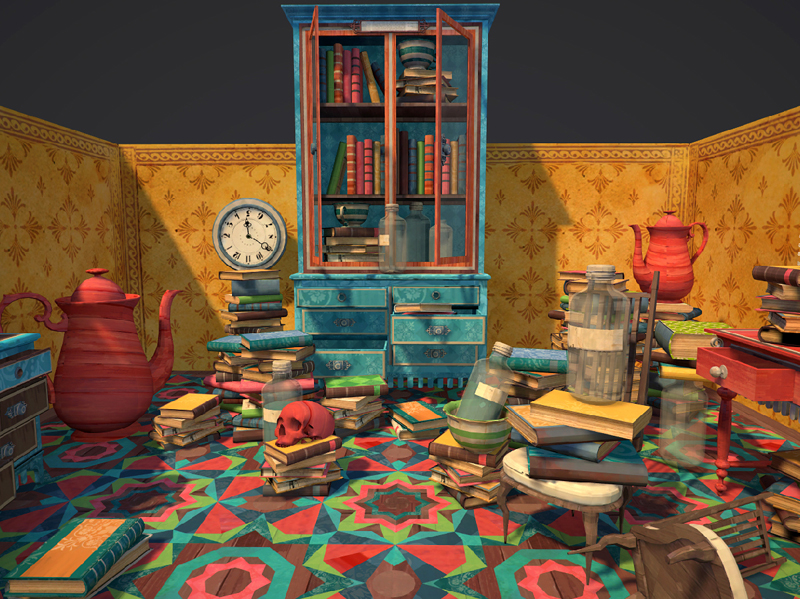Dhruv Jani
Grant Period: Over one year
Dhruv Jani studied Exhibition and Spatial design at the National Institute of Design (NID), Ahmedabad and considers himself a self-taught game designer. He has worked as a researcher for the ‘Tajgunj’ Project at NID and was a participant of the ‘Of Games: Theatre in Code’ residency at Khoj International Artists Association, Delhi. He is also the co-founder of the collaborative - Studio Oleomingus. His work has been featured in popular gaming webzines like Rock Paper Shotgun, Intel IQ, PC Gamer and Kill Screen. Dhruv has also been a contributor to the project undertaken by Gayatri Kodikal under our Arts Practice programme last year. For his current project -‘Somewhere’- for which we are making this grant, various prototypes and builds have already been released and showcased in exhibitions in India and abroad.
Gaming is a fairly new medium in India at this point with most companies in this domain providing back-end support for global gaming companies. A few Indian companies have also started working on commercially produced games based on Indian mythologies and Bollywood films. The focus of the industry is to produce simplistic games for mass audiences with no scope or space for experimentation or exploration of the medium. Interestingly some independent visual artists and designers have started exploring this medium recently. While many of them are banking on mythologies since they provide established complex structures of narratives as a strong backbone to the game; some are also reworking old board games infusing new life into them with the help of digital technology. However, most games are competitive in nature and very few of the makers are thinking of other kinds of experiences that include reflection and contemplation. This is limiting since the medium of games encompasses many areas of creativity that hold great promise. It is feasible with digital gaming today to open up multiple possibilities in terms of its audio-visual experience, and challenging its rules and story boarding. Since mostly games are viewed as a process of achieving a fixed goal through a set of rules, there is immense potential to creatively shift this idea to design environments that don’t have fixed narratives or goals. On the other hand, digital technology has already harnessed the strength of literary fiction in various forms with e-books, audio-books and visual adaptations – all of them one way conversations from the author to the reader. However, the immense potential of interactivity of the digital medium has not been explored. Since games are a viable medium for interactive environments, literary fiction can be a worthwhile domain of investigation to build immersive experiences for readers. The creative freedom of such a possibility is immense and some game-designers have already started working on in the global arena.
Dhruv’s project is one of the firsts in this direction in India. The project is aiming to push the boundaries of literary fiction and interactive gaming to create an interactive fiction that explores the artistic possibilities presented by both the forms. His project ‘Somewhere’ is a tale of Kayamgadh, a fictional place during the 1860s that was discovered by an English magistrate, Charles Henry Connington at the turn of the 19th century. The story will then take shape according to the player/readers choices of play and interaction with the medium. Therefore, every player/reader will have a story that will be the reflection of their own engagement with the mechanic environment. According to Dhruv, ‘Somewhere’ takes place across a litany of fictional locations populated by strange people. While Dhruv himself will write the stories for the interactive fiction, his work is continuously influenced by the works of Jorge Luis Borges, Italo Calvino, Lewis Carroll, Sukumar Ray, EM Forster, Rudyard Kipling, RK Narayan, JG Farell, Saadat Hasan Manto, Paul Scott and many others. The project will use magic realism, continuously drawing references in terms of styles, literary devices and content from these works that critique colonial history and its manifestations.
In the previous year IFA had supported a project of Gayatri Kodikal in a similar domain to build a game exploring historical evidences and hearsay. Dhruv’s work, while in the same area, challenges different boundaries and presents new challenges. It is evident that artists in India are warming up to the medium of gaming for creative expressions, but being a nascent area of work, the results of such explorations are yet to be seen. There is a possibility that this experiment will yield mediocre results failing to create immediate impact. But IFA believes that unless such risks are taken at the edges of arts practice, new horizons will not open up. Earlier, IFA had supported graphic novels at a time when it was as nebulous a practice in India, but over time it has become a powerful art form. This argument of IFA is echoed in the external reviews of the proposal. While the external reviewers have suggested more research and reading to Dhruv to understand the idea and politics of colonialism, they have also fully supported the project recommending it to be funded.
The outcome of the project will be a 90 min long interactive fiction which will be released for free in game distribution sites. The artist envisions the final work to be like a small novella of about 18,000 words. It will be compatible across operating systems and two or three smaller builds will be created for exhibition display. All the builds, documentation of the building process, background stories of places and characters and the logic behind the mechanics of the work with accompanying videos will be deposited as deliverables to IFA.
This grant is made possible with support from Technicolor India Private Limited.




